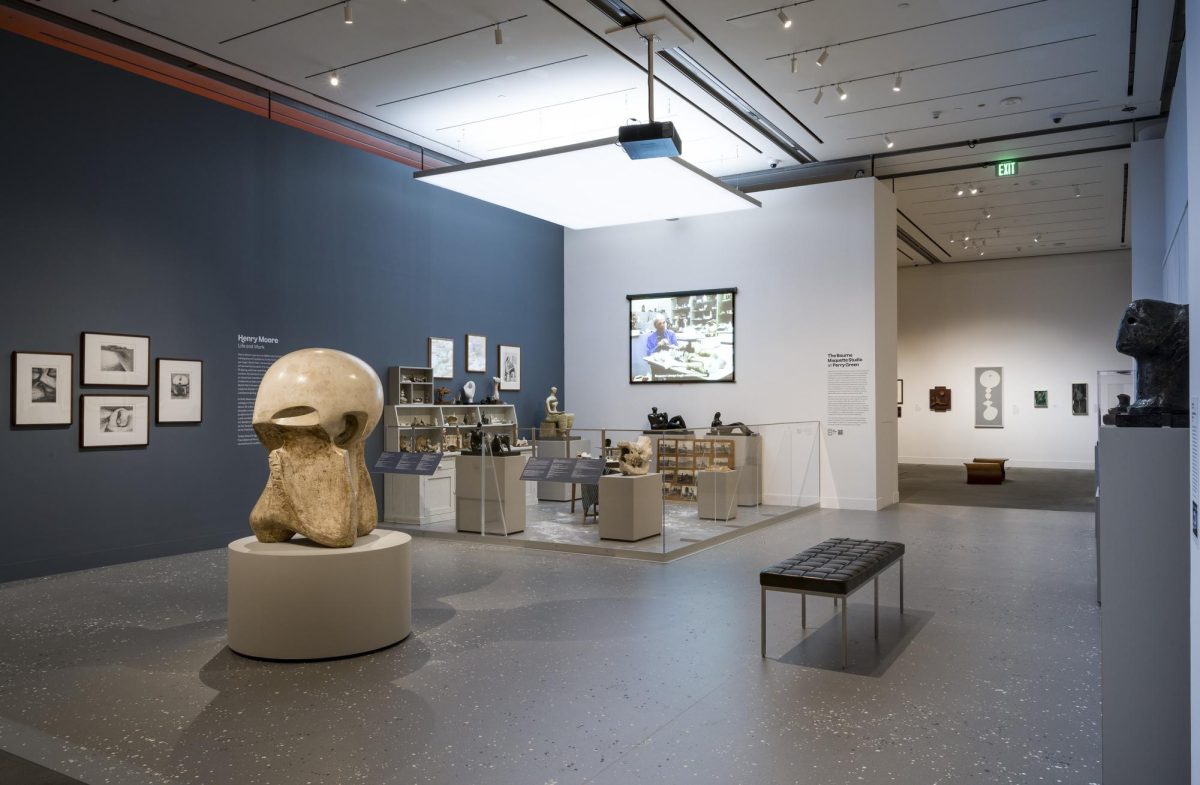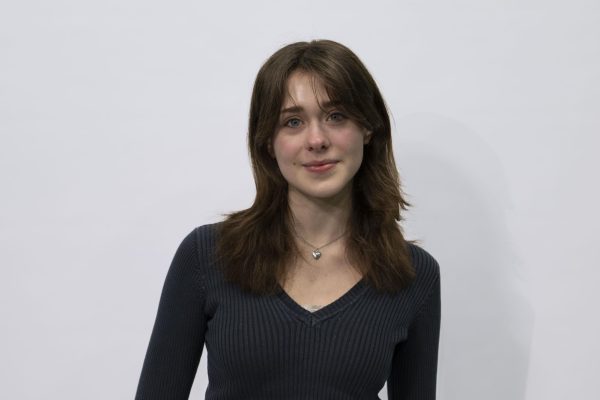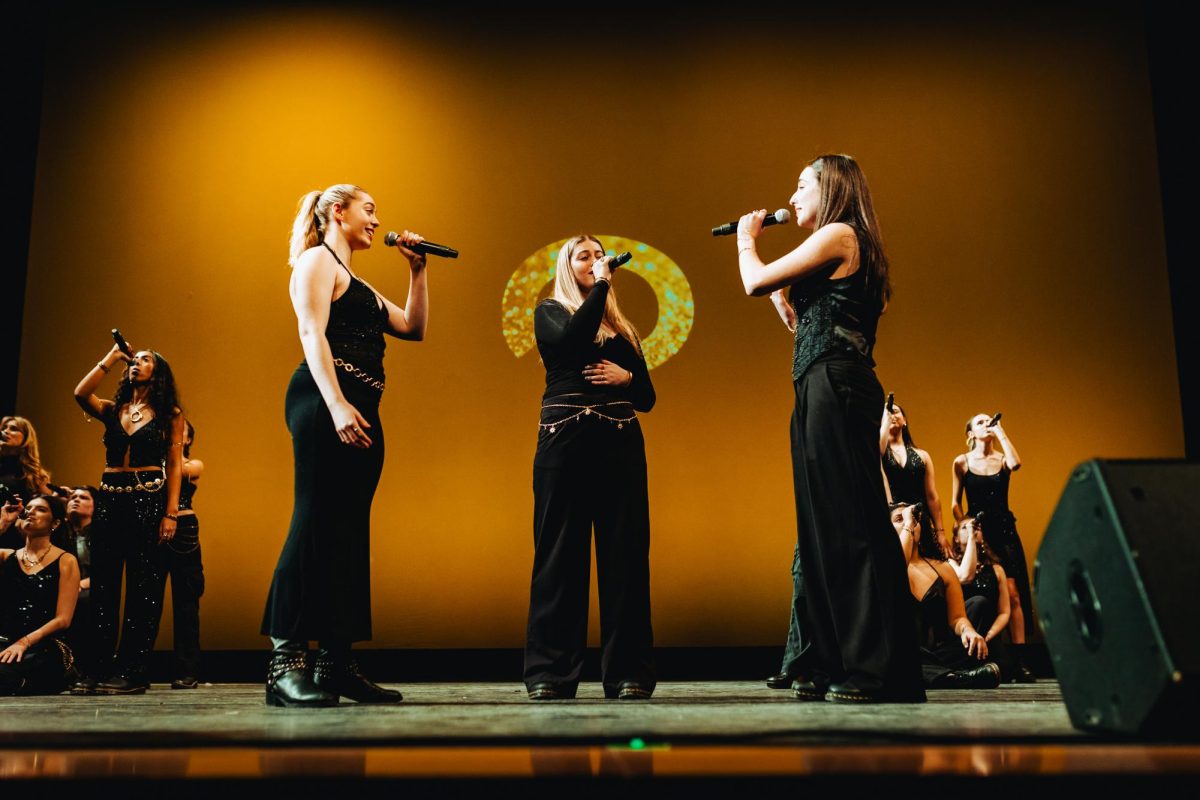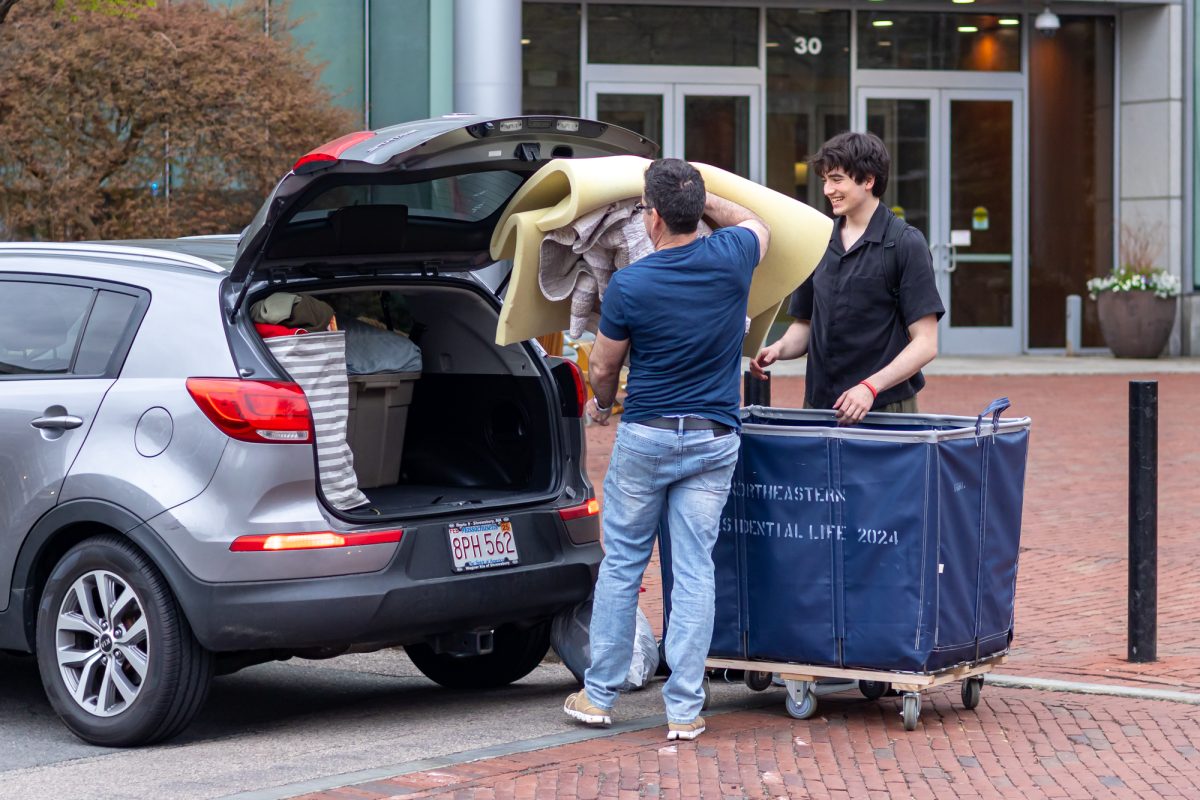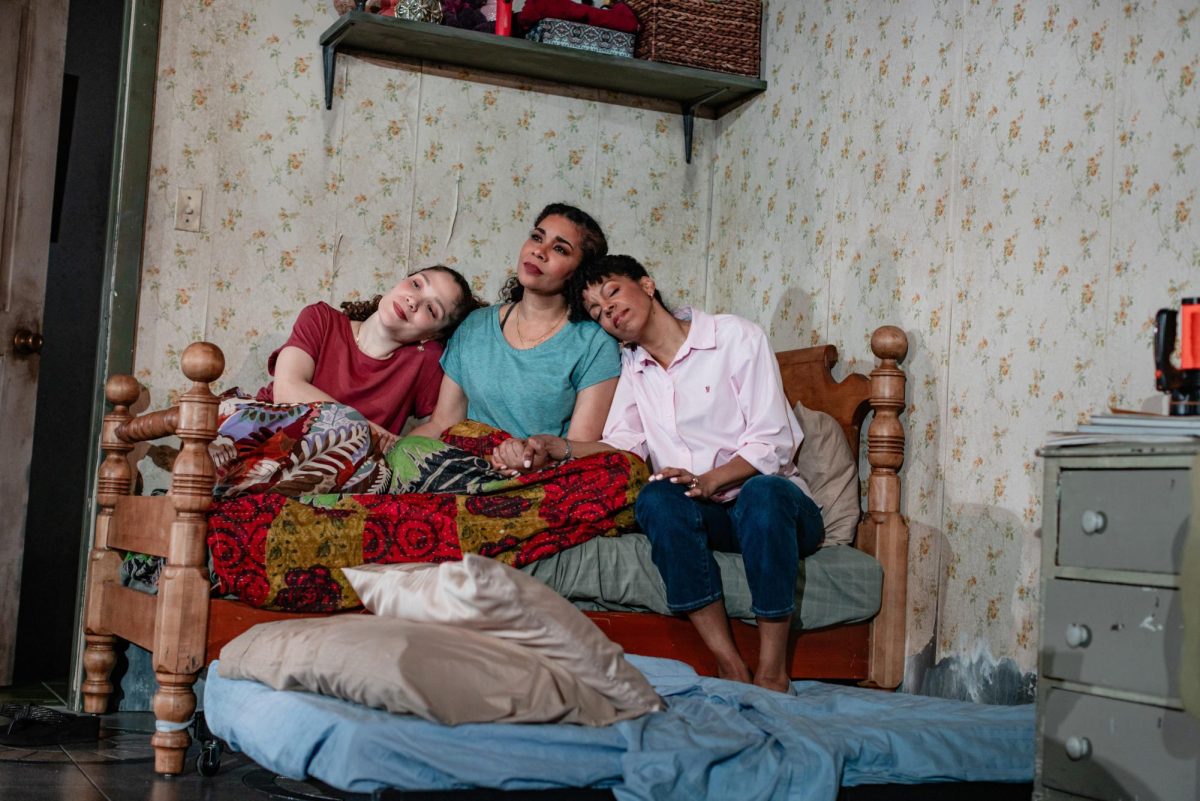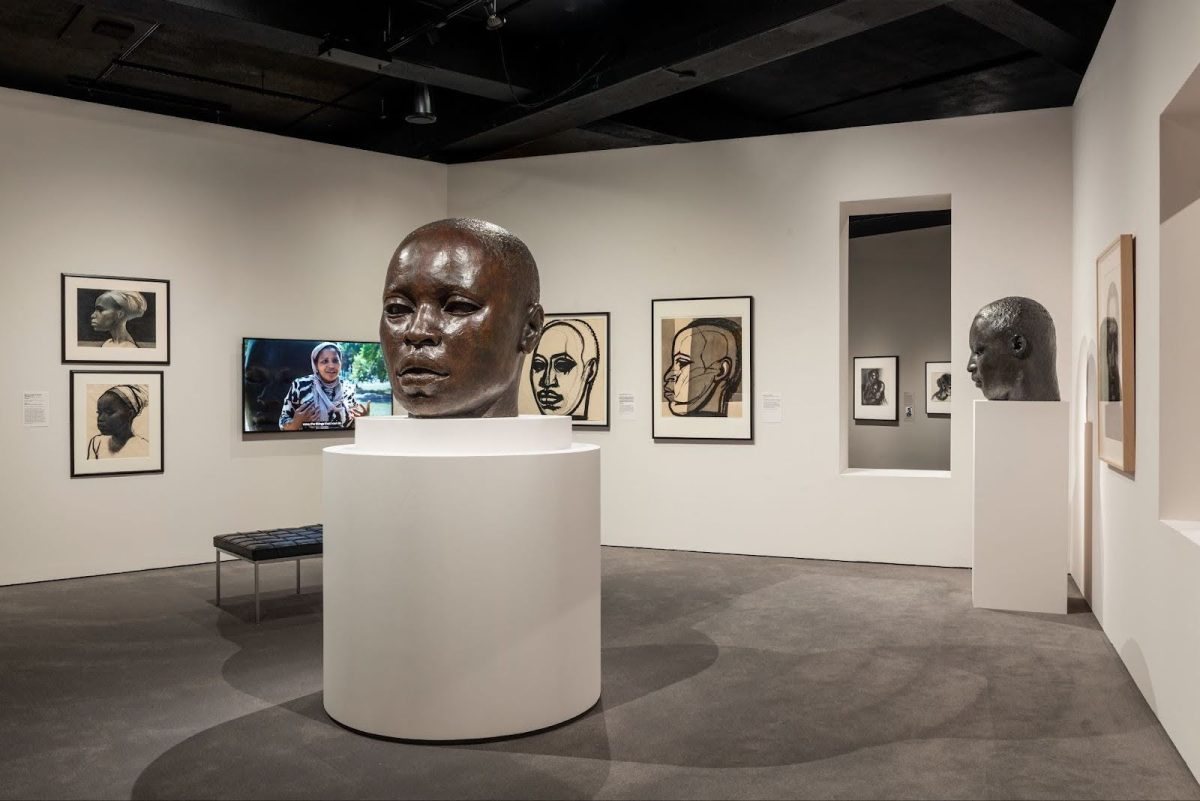Visitors can experience the extraordinary parallel worlds of two distinct artists through the “Georgia O’Keeffe and Henry Moore” exhibit at the Museum of Fine Arts, or MFA. The timed-entry ticket exhibit will be open in Boston until Jan. 20, 2025 and marks the final stop of its four-city tour across North America.
Organized by The San Diego Museum of Art in collaboration with the MFA, the exhibit features over 60 works by renowned American painter Georgia O’Keeffe and 90 pieces by English sculptor Henry Moore. It draws on the MFA’s current collection of contemporary pieces, complemented by the contributions of the Georgia O’Keeffe Museum and the Henry Moore Foundation.
O’Keeffe and Moore, both pioneers in modernism, uniquely explored the abstraction of the natural world and human relations to organic objects in nature. The exhibit features O’Keeffe’s renowned paintings and depictions of New Mexico landscapes and Moore’s sculptural depictions of dynamic human asymmetry. When these works are placed together and paired with those of other modernist contemporaries, such as Edward Weston’s “Shell and Olla,” natural forms impart shared fascinations with the organic world.
“They’ve done a very special job,” said visitor Marilyn Burke. “I wasn’t too familiar with Moore’s work, but seeing them together is really quite something.”

The exhibit’s intentional layout thoughtfully pairs these works, allowing for a conversation between the artists’ biographical influences and visual styles across connected rooms. The walls blend earthy white, red and blue hues, conjuring images of the American Southwestern sky and soft-fired terracotta clay.
Goldie Zaldivar, a visitor from Los Angeles, found that the rooms and Moore’s prominent sculptures evoked a familiar beloved desert landscape.
“I stayed in the first room for so long, doing circles,” Zaldivar said. “Some of the pieces are rhythmic under the light, and when they’re placed together, you can see the artists mimic each other.”
Zaldivar described the overhead lights against Moore’s “Reclining Figure: Bone” as “smooth and grainy.” The sculpture has a texture similar to coarse desert sands, appearing both gritty and dusty.
O’Keeffe’s works often drew upon observations of her natural surroundings on her New Mexico ranch. Her reverence for this land is explored both in her works and in the replica of her studio at Ghost Ranch, located in the third room of the exhibit.
The room assembles pigments O’Keeffe mixed herself with organic materials found on the site. Among works displayed here, she transforms traditional still lifes to unearth undiscovered abstractions, like “Abstraction White Rose,” where spirals of light emerge from layered textures.
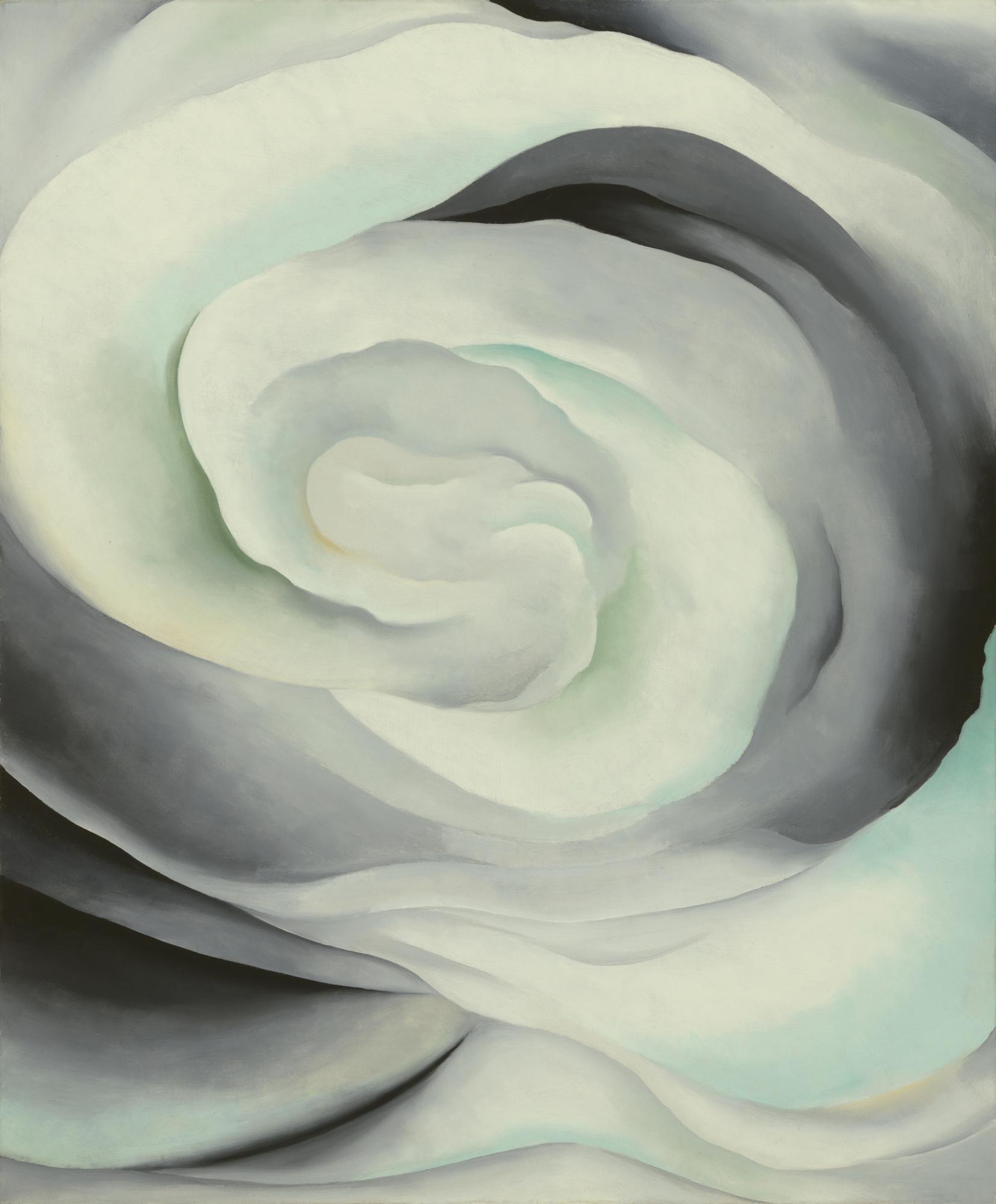
For visitor Susannah Birch, O’Keeffe’s art captured “the peace and tranquility of that part of the country.”
“The stillness in her art, I feel it within myself,” Birch said. “Her work has always been so calming to me.”
Other rooms also transport visitors directly into the artist’s workspaces, including a recreation of Moore’s Maquette Studio at Perry Green in England. The “Library of Natural Forms,” as the film describes the studio, nestles animal bones and shells next to original tools and plaster, pitted against a softly illuminated video of Moore explaining his deliberative working processes. The studio contextualizes his detail-oriented fascination with the objects he sculpted.
Contrasting O’Keeffe’s visualization of balance within the room through paintings, Moore highlights tension, grounding his physical forms, like “Working Model for a Mirror Knife Edge.” This contrasts with other exhibits where Moore’s work has been suspended in the air, or isolated within rooms.
During his early work for the British government as a war artist during World War II, Moore developed a fascination with asymmetries present in humanity and developed a portfolio of over 9,000 drawings, which is displayed next to the studio replica. For Moore and O’Keeffe, the human form undertook a mix of realistic and abstract interpretations.
To Birch, juxtaposing O’Keeffe’s “use of contrast and colors” makes her works and artistic intention “feel flat, an interesting contrast to [Moore’s] very angular 3D sculpture.” The dim light washes over the textures of his material works like the stalactite sculpture “Mother and Child” and becomes illuminated by the negative space, representing Moore’s simplification of landscape in his constructions.
Visitors can immerse themselves and explore new dimensions of this exhibit for timed-entry ticket prices.
Editor’s Note: This article was updated Tuesday, Nov. 26 at 10:15 a.m. to clarify that the Georgia O’Keeffe and Henry Moore exhibit at the Museum of Fine Arts requires a timed-entry ticket, which includes general admission.



